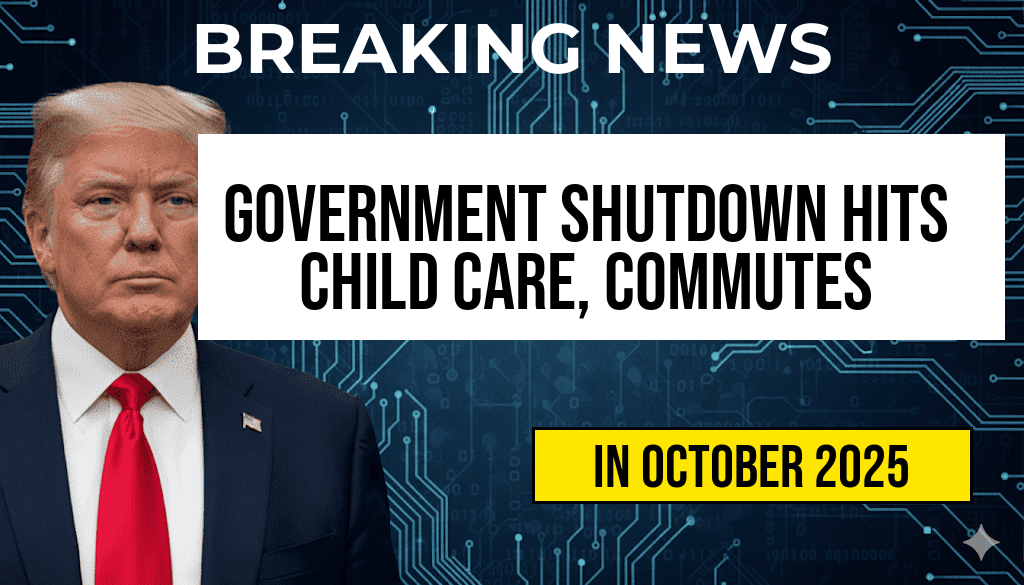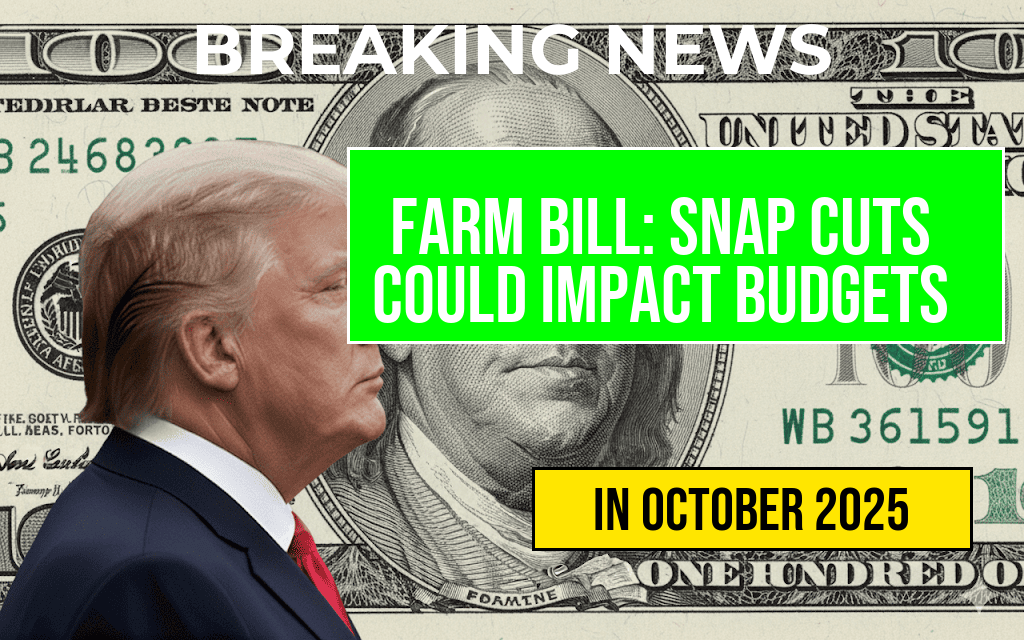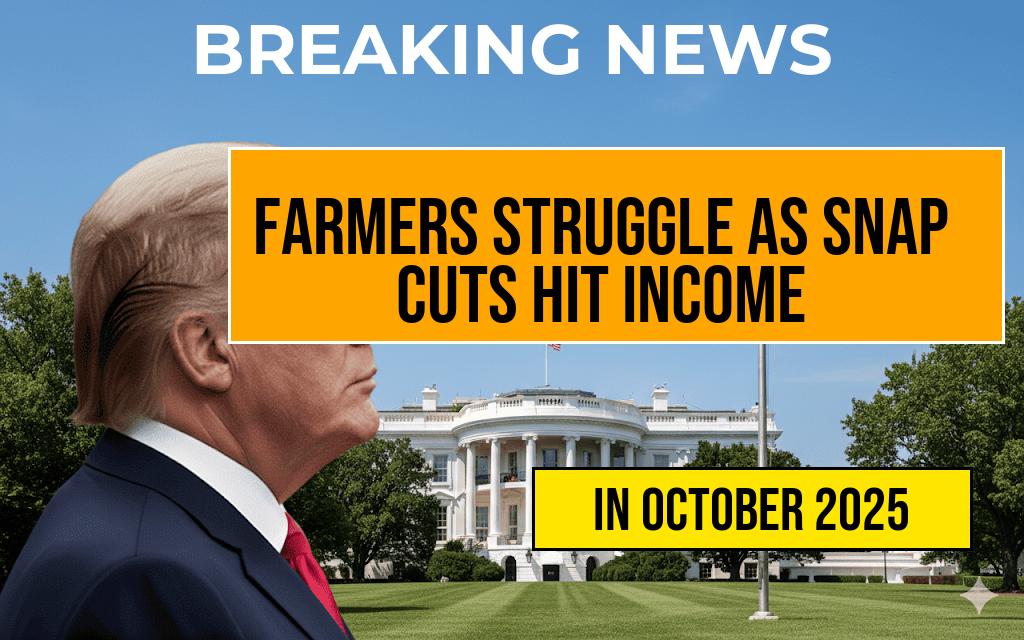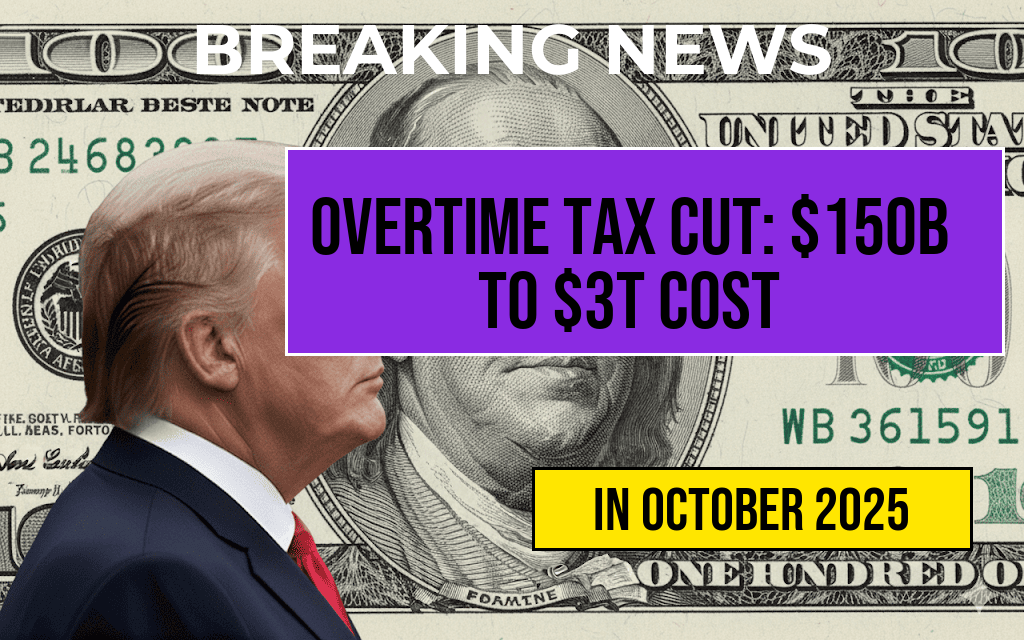The ongoing debate over the Farm Bill is intensifying as proposed adjustments to the Supplemental Nutrition Assistance Program (SNAP) could result in a staggering $30 billion reduction in funding over the next decade. This potential cut is raising concerns among lawmakers, advocacy groups, and low-income families who rely on SNAP benefits to help manage their grocery budgets. The discussion centers around the balance between fiscal responsibility and the necessity of ensuring food security for millions of Americans, especially in an era marked by rising food prices and economic uncertainty.
Understanding SNAP and Its Importance
SNAP, formerly known as food stamps, plays a crucial role in providing food assistance to nearly 42 million Americans, helping them afford groceries and maintain nourishment. As food prices have surged due to inflation and supply chain disruptions, SNAP benefits have become increasingly vital for low-income households.
Proposed Changes to SNAP
The proposed adjustments within the Farm Bill seek to tighten eligibility requirements and reduce benefits for some recipients. Advocates argue that these changes would disproportionately affect vulnerable populations, including children, the elderly, and individuals with disabilities. They point out that even modest reductions in benefits can significantly impact the ability of families to put food on the table.
- Eligibility Restrictions: Proposals may include stricter income limits and work requirements.
- Benefit Adjustments: Some plans suggest recalibrating the formula used to calculate benefits, potentially leading to lower monthly allowances.
- Funding Cuts: The anticipated $30 billion reduction over ten years could stem from a combination of eligibility restrictions and reduced benefit levels.
Economic Implications of Cuts
Experts warn that cutting SNAP funding could have broader economic ramifications. Food assistance programs not only support individual families but also stimulate local economies. Every dollar spent on SNAP is estimated to generate approximately $1.50 in economic activity, meaning slashing these funds could lead to decreased spending in grocery stores and local markets.
Impact on Grocery Budgets
The proposed SNAP funding cuts are likely to exacerbate the challenges faced by low-income families. Many households already struggle to make ends meet, and any reduction in SNAP benefits could force them to make difficult choices regarding their food purchases.
| Family Size | Current Monthly Benefit | Proposed Reduction | New Monthly Benefit |
|---|---|---|---|
| 1 Adult | $250 | $50 | $200 |
| 2 Adults | $400 | $80 | $320 |
| 1 Adult & 1 Child | $350 | $70 | $280 |
Legislative Landscape
The Farm Bill is a comprehensive piece of legislation that is renewed approximately every five years, encompassing various agricultural and food programs. As negotiations continue, lawmakers are divided on how to approach SNAP funding. Some argue for maintaining or even increasing funding to support food security, while others advocate for stricter fiscal measures.
Political Reactions
Reactions to the proposed SNAP adjustments have varied widely. Some lawmakers express concerns that cuts will undermine food security efforts. Meanwhile, others argue that fiscal discipline is essential for long-term sustainability of the program.
- Supporters of Cuts: Argue that stricter eligibility criteria will prevent misuse of funds.
- Opponents: Warn that cuts could lead to increased hunger and poverty rates.
Public Response and Advocacy Efforts
Advocacy groups, including Feeding America and the Center on Budget and Policy Priorities, are mobilizing to push back against potential cuts. They emphasize the importance of SNAP in alleviating hunger and supporting families during tough economic times. Public awareness campaigns are underway to educate citizens about the implications of the proposed changes and to garner support for maintaining current funding levels.
Looking Ahead
As the Farm Bill debate continues, the outcome of these proposed SNAP adjustments will be closely monitored by both supporters and critics. The implications of funding cuts could resonate far beyond individual families, affecting local economies and the broader national landscape.
For more information on SNAP and its impact, visit Feeding America and Center on Budget and Policy Priorities.
Frequently Asked Questions
What is the Farm Bill and why is it important?
The Farm Bill is a comprehensive piece of legislation that governs various agricultural and food programs in the United States. It is important because it affects farmers, food assistance programs, and rural development, impacting the overall economy and food security of the nation.
What changes are being proposed for SNAP in the Farm Bill?
The proposed adjustments for the Supplemental Nutrition Assistance Program (SNAP) may lead to cuts totaling $30 billion over the next decade. These changes could affect eligibility, benefits, and the way funds are allocated to assist low-income families with their grocery budgets.
How will the proposed SNAP cuts affect grocery budgets?
The potential cuts to SNAP could significantly impact the grocery budgets of millions of low-income households. Families may struggle to afford basic necessities, leading to increased food insecurity and reliance on food banks and other assistance programs.
What are the arguments for and against the proposed SNAP adjustments?
Proponents of the SNAP adjustments argue that reforms are necessary to ensure that the program is sustainable and not subject to abuse. Opponents, however, contend that these cuts could exacerbate poverty and food insecurity, disproportionately affecting vulnerable populations.
What can individuals do to voice their opinions on the Farm Bill?
Individuals can advocate for their positions on the Farm Bill by contacting their local representatives, participating in community discussions, and engaging with advocacy groups focused on food security. Public opinion can influence policymakers as they debate the proposed adjustments.











